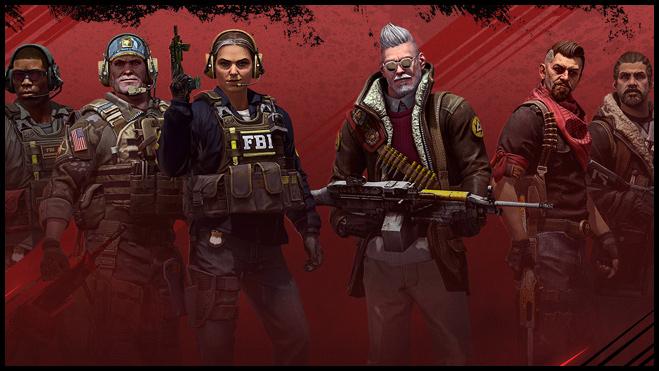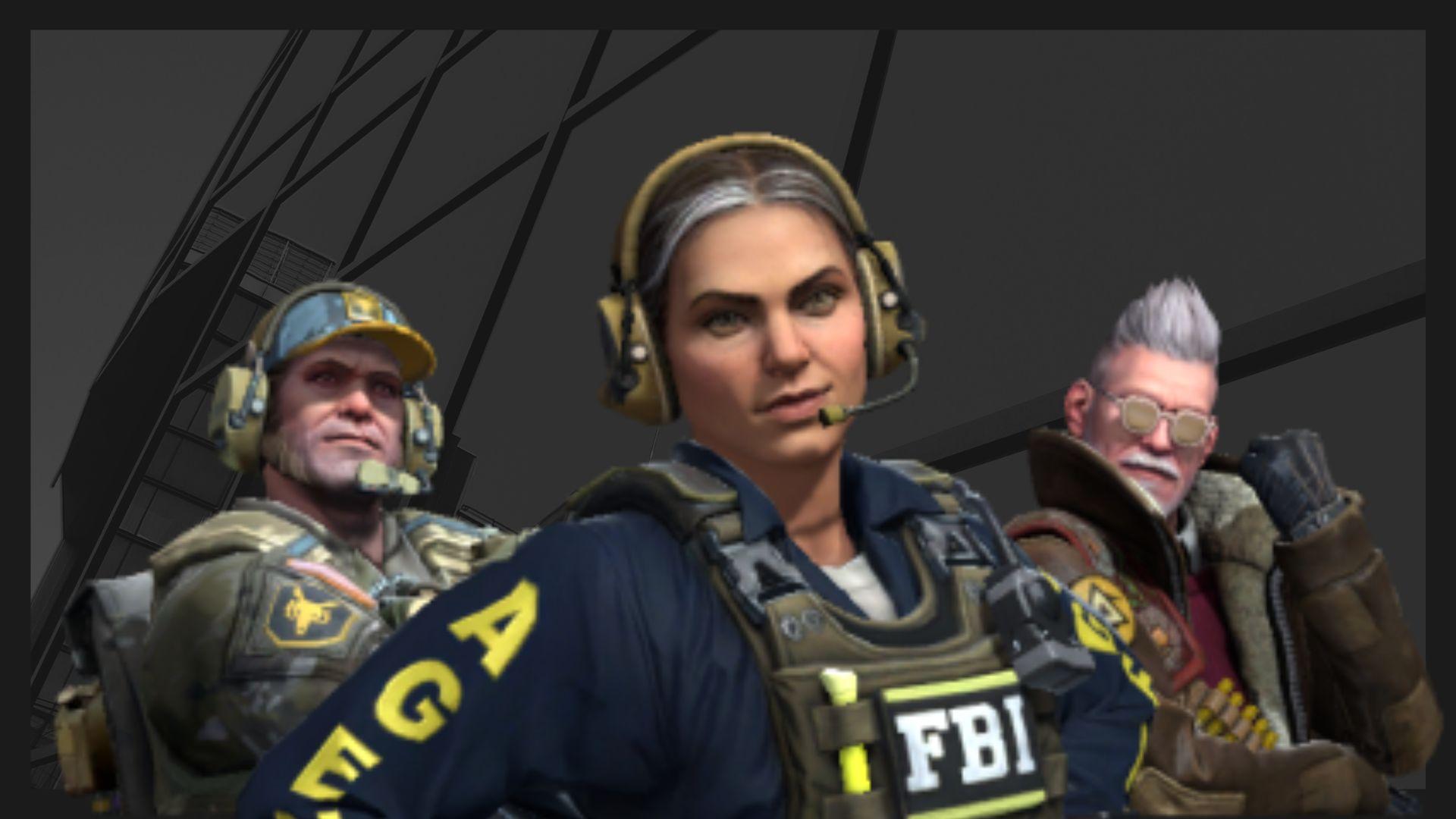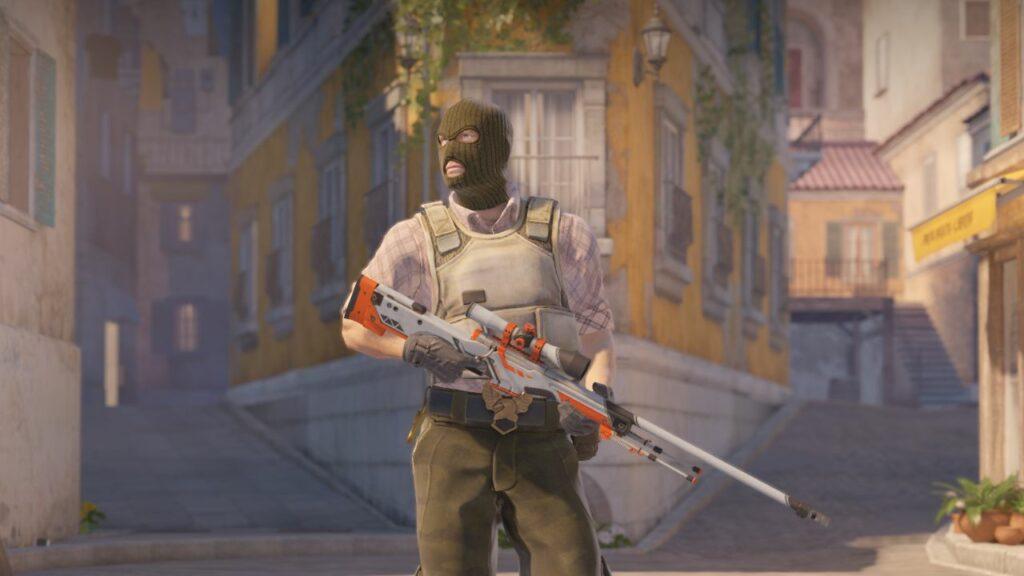
Signs point to Valve creating a CSGO Battle Pass for 2020
Counter-Strike: Global Offensive is wildly popular, and there are some hidden signs that Valve is preparing for a seasonal battle pass resembling those used in Fortnite or Apex Legends.
When Counter-Strike: Global Offensive’s ninth operation released in November, fans of the shooter were hyped. As Counter-Strike’s first operation in over two years, Shattered Web was an exciting event for the game’s content-starved fan base. Since then, the operation has helped the game has break player count records left and right.
Over the weekend, the shooter hit another major mark. For the first time in its history, more than half a million players were in-game at the same time. For a competitive title that came out in 2012, that’s impressive.
As things settled down after the Shattered Web release in November, it became clear that the operation was completely different from the ones before it.
Valve had removed the popular Operations Journal, a branching list of missions several pages long that rewarded items for completing them. The operation coin, which had kept track of player statistics over the length of the operation and provided access to the journal, no longer does so.
In fact, Shattered Web looks more like a Fortnite season than it does a CSGO operation. Here are just a few of the hidden signs that CSGO is getting a seasonal Battle Pass in 2020. Changes to CSGO’s files, AI, the Steam Market, and Shattered Web itself all point towards a seasonal content schedule and battle pass for CSGO.
AI, CFG changes make it easy to produce CSGO operations for a battle pass
Over the past months, CSGO bots have gotten smarter but .cfg files have gotten dumber. Why does this matter?
As fans know, Valve takes a long time to do anything. “Valve Time” is a meme for a reason. A change to CSGO that makes something quick and easy for Valve to do is important.
With the changes, programmers won’t have to hard code AI for an operation’s famous co-op Guardian missions anymore. The AI can follow a tree of decisions and still seem realistic to the player even more so than before. Bots can now throw executes, fakes, and even lurk. There’s little reason to spend time on AI in a competitive, human versus human game.
Unless, of course, players will face them frequently. Right now, the only case for that is Shattered Web’s Guardian missions.
In September, Valve introduced AI decision framework trees to Counter-Strike’s bots. All that really means is that CSGO’s bots “think” about what to do now. Instead of running the task “look for the enemy player,” a bot pays attention to what’s around it, including:
- Does it hear steps?
- Is it standing in fire?
- Does it see tracers through smoke?
The bots are now programmed to investigate and make live decisions. And those are just the beginnings of the bot’s options after the update.
It seems simple, but it’s a huge leap forward for CSGO’s bots that can only mean players are going to see more of them, and likely soon. This effort wouldn’t have been made otherwise.
The same goes for the game’s configuration files. Operation .cfg files are now longer, but much more flexible than before. Anyone, including the majority of the CSGO community, could edit one to create a new mission. This has streamlined the process of creating operation challenges for players.
Here’s the entire configuration file for a challenge in Operation Hydra:
enemymp_weapon_self_inflict_amount 0.4
It’s just one line in total.
The configuration file for Shattered Web’s Week 7 Guardian mission, “Coordinated Attack,” is 47 lines long.
It includes more settings than it has to, all clearly labeled and easy to understand. It’s very likely that the developers have created a template to streamline the creation process. And you only make a template for something that you’re going to use often.
It’s far easier to write one line as they did for Hydra, especially since Shattered Web’s missions aren’t more complicated than Operation Hydra’s. There’s little reason for the extra settings that are mostly left at their default values unless they’re going to be used in the future for different missions.
As a side note, it’s no coincidence that CSGO got new grenade commands in an update three days after CSGO’s bots were updated in September. The developers, playing with the decision trees and writing Mirage’s execute script for “Coordinated Attack,” had to have a way to test precisely test and track grenades:
Valve’s Market changes mean CSGO Battle Pass makes more money
The Shattered Web pass costs $14.99, and unlike in previous operations, players can buy their way to the operation’s exclusive items. Rewards in previous seasons were tied to the completion of the operation’s missions. Now, players can earn six “stars” per week that move them towards the operation rewards.
Players can bypass the missions with real money. If they’re willing to spend enough, a player could theoretically purchase unlimited rewards from the operation’s reward list.
These rewards include graffiti, stickers, and drops from three weapon collections alongside an operation-exclusive weapons case. A user cannot trade any of these items for one week after they get them, but they can move them immediately on the Steam Market.
Valve instituted this policy to protect players’ accounts from being emptied if the user is hacked, but as WIN.gg has reported on before, Valve’s actions often look good from the outside while always ending with the company turning a profit. Make no mistake, Valve is running a business and looking to make more money from its most popular games.
Here’s the scenario in which Valve makes the most money:
- A user spends $14.99 on the pass
- A user spends $3.16 on stars to get the first available operation crate
- A user spends $2.50 on a key from Valve to open the case
- A user sells the item on the Steam Market, of which Valve gets 15%
- A user uses the Steam Wallet credit to buy the item they want, of which Valve gets 15%
Valve takes 5% of every Steam market transaction for any game. Since they’re also the developers of CSGO, Dota 2, and Team Fortress 2, Valve also takes the developer’s share that they offer the developer of another game with items, an additional 10% of the total transaction.
A battle pass for CSGO would introduce several desirable items into the economy and start this cycle all over again.
New items sell high and quick, Shattered Web makes Valve more money
CSGO items can sometimes cost upwards of $1000. For example, the first Factory New, StatTrak AWP | Wildfire from CSGO’s 20th Anniversary Crate sold for $1021 and put $153.00 in Valve’s pocket. As one of the two covert skins in the Shattered Web Case, the AWP | Containment Breach is one of the rarest skins available with the pass. Its drop rate is around .64%, according to information provided by Valve due to Chinese law.
The first AWP | Containment Breach sold for $192.27, making almost $29 dollars for the company. Even though the market is saturated with SB Cases, the Breach’s price is still around $130.
According to skin site owner Vlad Pachenko in 2019, Counter-Strike makes up almost the entire skin trade that takes place outside of the Steam ecosystem.
“The global annual turnover of weapon skins is around $3-4 billion… CSGO is 95% of that,” Pachenko said in June 2019.
That’s outside of Steam. It’s likely to assume that Counter-Strike also makes up a large percentage of Steam Market transactions as well. Leaving Steam to sell an item is risky, and the odds are that the vast majority of players will stick to the Steam Marketplace.
If Valve introduces a battle pass that allows players to purchase its rewards like Shattered Web, that number will rise. Combined with Valve’s changes to key trading, week-long trade bans for new items, the company’s ban on trade bots, and Counter-Strike’s increasing popularity, it is likely the Steam Market makes Valve more money than ever before.
3-month Counter-Strike battle pass means more items, more money for Valve
A consistent stream of new items into the CSGO economy would solidify that revenue stream. In other words, it makes no sense for Valve not to do it.
That said, just because a company can do something doesn’t mean they will. The company is still privately held and doesn’t have a mandate to turn a greater profit for shareholders.
But history says that it’s more likely than not that Valve won’t ignore the massive revenue that comes with such little additional effort. With the introduction of the Epic Games Store and Epic’s developer-friendly policies, Valve may also be looking for different ways to replace the revenue it could potentially Epic and its strategy of buying exclusive releases.
After the success of Shattered Web, CSGO’s version of a battle pass and the complete lack of fan irritation around it means that CSG’s first true battle pass might be just around the corner.
Recommended

s1mple is offering lessons to help you get good at CS2
Have you dreamed of playing like s1mple?

Recent CS2 ban wave punishes cheaters during live games
Valve is banning players in bulks.

Players hopeful after Valve adds Overwatch to expose CS2 cheaters
Only “trusted” players will be Overwatch investigators.







